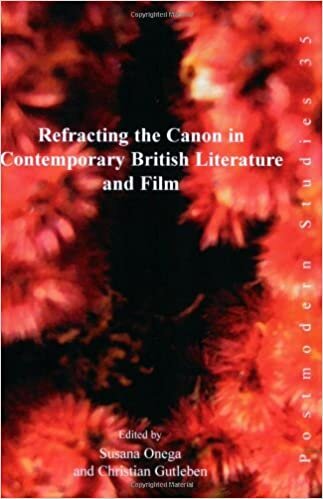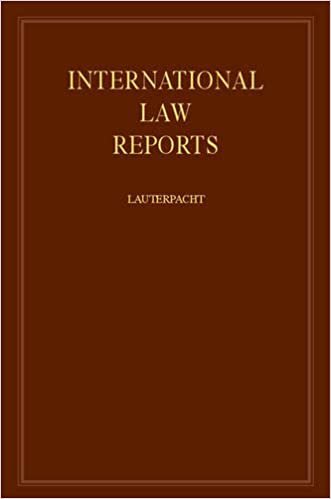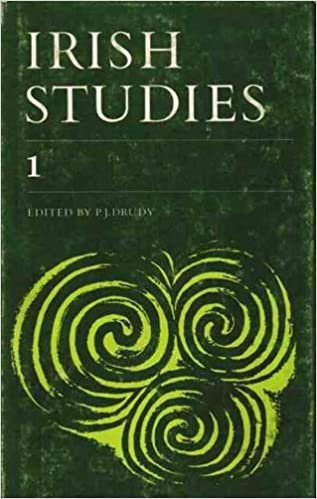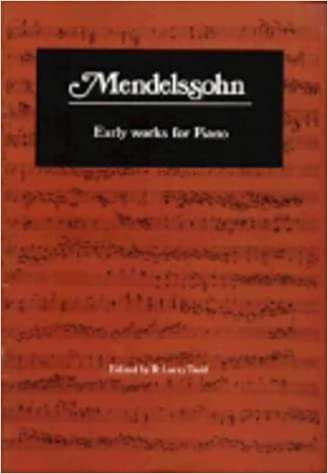okumak Raphael's Stanza della Segnatura: Meaning and Invention internet üzerinden
Raphael's Stanza della Segnatura: Meaning and Invention
Raphael was the preeminent painter of Renaissance Rome, whose classical style marks some of the most enduring masterpieces of Italian Renaissance art. Of these, the Stanza della Segnatura in the Vatican Palace has often been considered the most aesthetically perfect. Executed between 1508 and 1511 for the notoriously temperamental, but adventurous, patron of the arts, Pope Julius II, it was the commission that propelled Raphael, then a young man, into international prominence. The work consists of a chamber with a painted ceiling, a pavement of inlaid marble, and four frescoed walls, all orchestrated with a cast of famous historical figures who exemplify the various disciplines of learning. Joost-Gaugier's study is the first to examine the elements of the Stanza della Segnatura as an ensemble. The volume focuses on the meaning of the frescoes and accompanying decoration in light of recent studies into the intellectual world of High Renaissance Rome.
Raphael's Stanza della Segnatura: Meaning and Invention kitabının yorumları - (3)
İnceleme ekle
Popüler yazarlar
En İyi Yayıncılar























